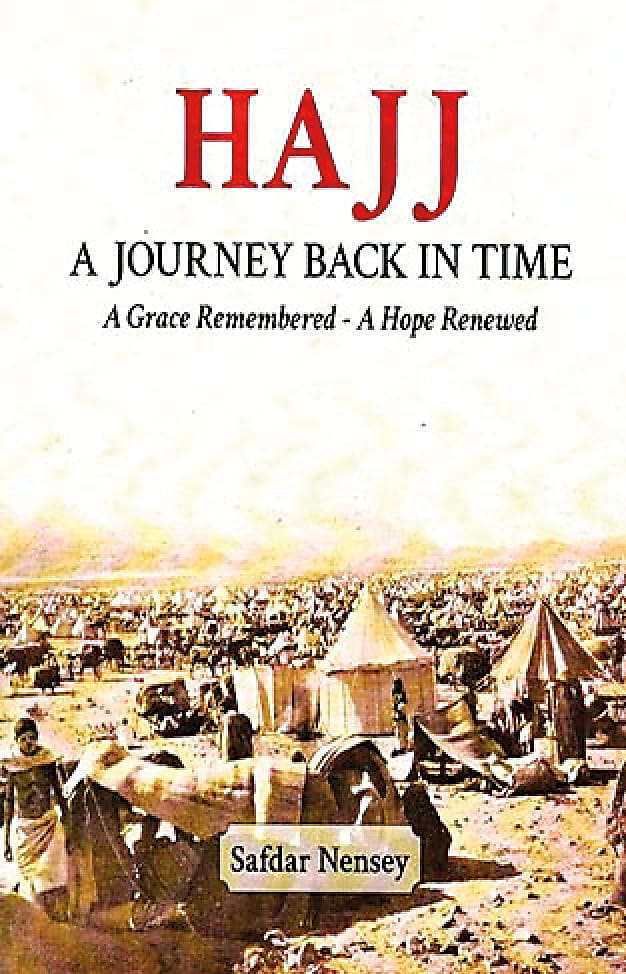
Bosnia and the Destruction of Cultural Heritage
Tom Verde
Helen Walasek, ed. Richard Carlton, Amra Hadžimuhameović, Valery Perry and Tina Wik, contrib.
2015, Ashgate, 978-1-40943-704-8, $144.95 hb
In a story in The Times of London in August of 1992—early on in the 1992-1995 Bosnian War between Orthodox Serbs and their Bosnian Muslim and Catholic Croat neighbors—journalist Roger Boyes wrote of “the hidden heart of darkness in the cruel” conflict. “After centuries of intertwined cultures, one ethnic group is trying to wipe out another: not merely its soldiers or civilians, but its memory.” Boyes’s testimony is one among many in this probing collection of studies. Editor Helen Walasek, a museum specialist, together with fellow contributor Richard Carlton, an archeologist, were the first academics to gather first-hand evidence of the war-torn region’s cultural destruction. “The exceptional defining feature of the devastation was the systematic . . . intentional targeting of cultural property,” predominantly churches, mosques and libraries, Walasek observed during field trips in 2000 and 2001. Although the war by its nature breeds violence beyond the battlefield for all sides, the “massive and intentional destruction of cultural and religious property” by Serbians “became a seminal marker in the discourse on cultural heritage in both the professional and non-professional spheres,” ultimately informing and altering international humanitarian law, Walesk writes. This thorough volume offers a comprehensive overview of one of the ugliest chapters of the tragic Balkan war.
You may also be interested in...

Hajj: A Journey Back in Time: A Grace Remembered-A Hope Renewed
Safdar Nensey's Hajj: A Journey Back in Time invites readers into one of the world's oldest and most sacred annual expeditions: the Muslim pilgrimage to Makkah.
New Perspective Offered in The Court of the Caliphate of al-Andalus — Our Book Review
Author Eduardo Manzano Moreno gives life to a court scribe’s observations of Córdoba to offer a rarely explored view of the era